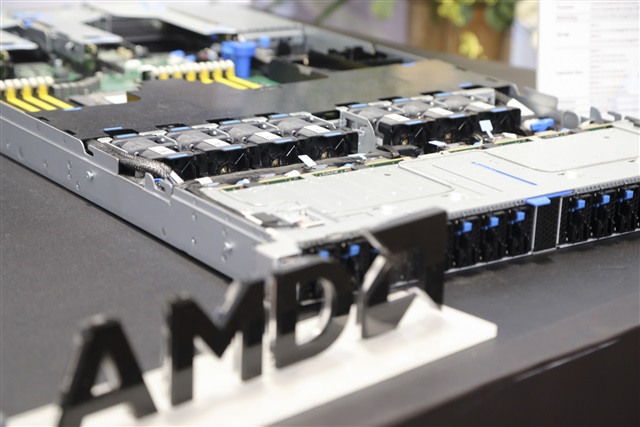With the 2025 OCP APAC Summit set to kick off next week in Taipei, industry attention is turning toward the next wave of AI and high-performance computing (HPC) infrastructure.
The article requires paid subscription. Subscribe Now

Credit: DIGITIMES
With the 2025 OCP APAC Summit set to kick off next week in Taipei, industry attention is turning toward the next wave of AI and high-performance computing (HPC) infrastructure.